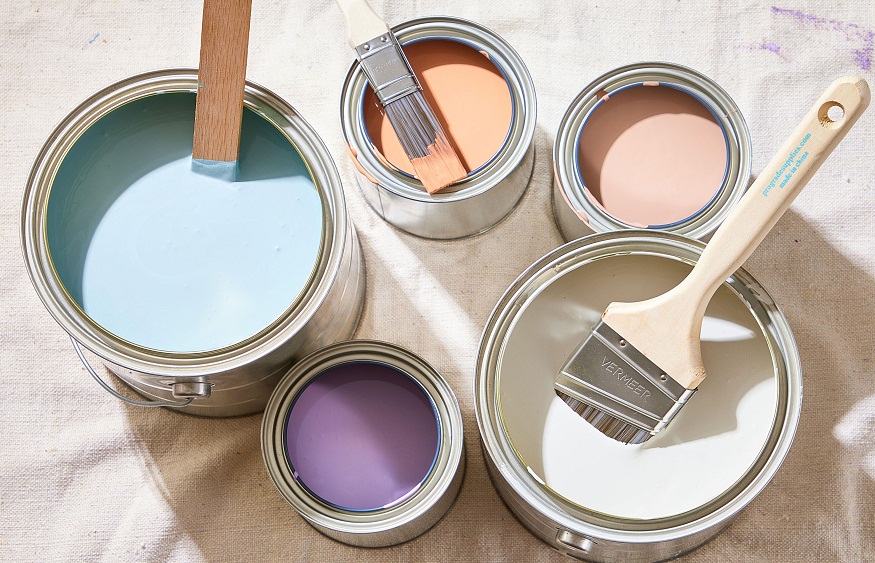The Importance of Using Quality Wall Primers for Durable Paint Finishes

When it comes to painting your walls, most homeowners focus on choosing the perfect colour. However, the secret to a flawless and long-lasting paint finish lies in the preparation—and this is where primers play a crucial role. A wall primer serves as the foundation of any painting project, ensuring the topcoat adheres properly, lasts longer, and delivers a professional-quality finish.
For Indian homes, where walls are exposed to a wide range of environmental challenges—ranging from extreme heat and humidity to dust and pollution—using a quality primer is even more essential. Here’s a closer look at why primers are indispensable for achieving durable and beautiful paint finishes.
What is a Wall Primer?
A wall primer is a preparatory coating applied to walls before painting. Its primary purpose is to create a uniform surface by sealing pores, covering stains, and providing better adhesion for the topcoat. Primers are designed to work on various surfaces, such as cement, plaster, wood, and metal, making them versatile for use in Indian homes.
Reasons Why Primers Are Important
1. Enhances Paint Adhesion
Indian walls often face issues like uneven textures, moisture, and old paint residues. Without a primer, paint may not adhere properly, leading to peeling or flaking over time. A quality primer binds to the wall surface, ensuring the topcoat sticks effectively and remains intact for years.
2. Increases Paint Durability
With the unpredictable Indian climate—hot summers, heavy monsoons, and cold winters—paint finishes are prone to wear and tear. Primers add a protective layer between the wall and the paint, reducing the chances of cracks, chips, and fading.
3. Blocks Stains and Patches
Indian homes often deal with wall-stains caused by water seepage, mould, or smoke. A quality primer blocks these stains from bleeding through the topcoat, ensuring a clean and uniform finish.
4. Smoothens Wall Texture
Walls made of cement or plaster often have a porous surface that can absorb paint unevenly. Applying a primer fills these pores and smoothens the texture, allowing the topcoat to glide effortlessly and look uniform.
5. Reduces Paint Absorption
Bare walls can absorb significant paint, leading to uneven coverage and wastage. A primer acts as a sealant, reducing the wall’s absorbency and ensuring the paint stays on the surface.
Types of Wall Primers
Cement Primers
These primers are ideal for concrete or plaster walls. They seal the porous surface and provide a strong base for the topcoat. These primers are perfect for both interior and exterior walls.
Oil-Based Primers
These primers effectively block tough stains and create a smooth surface. They are suitable for surfaces like wood and metal but may take longer to dry.
Water-Based Primers
Water-based primers are quick-drying and eco-friendly, ideal for interior walls. They are also resistant to mould and mildew, making them suitable for humid regions in India.
Stain-Blocking Primers
If your walls have persistent stains caused by water damage or smoke, stain-blocking primers are the best choice. They effectively seal the stains and prevent them from showing through the paint.
Quality Primer Benefits
- Cost-Effective: They save money in the long run by reducing paint wastage and ensuring longer-lasting finishes.
- Enhanced Aesthetics: Primers eliminate uneven textures and stains, resulting in a flawless and professional-looking finish.
- Improved Protection: Primers shield walls from moisture and mould, preventing long-term damage and ensuring a healthier living environment.
Conclusion
A high-quality primer is the unsung hero of any painting project. It not only enhances the appearance of your walls but also improves the durability of the paint finish, making it an essential step in the painting process.





